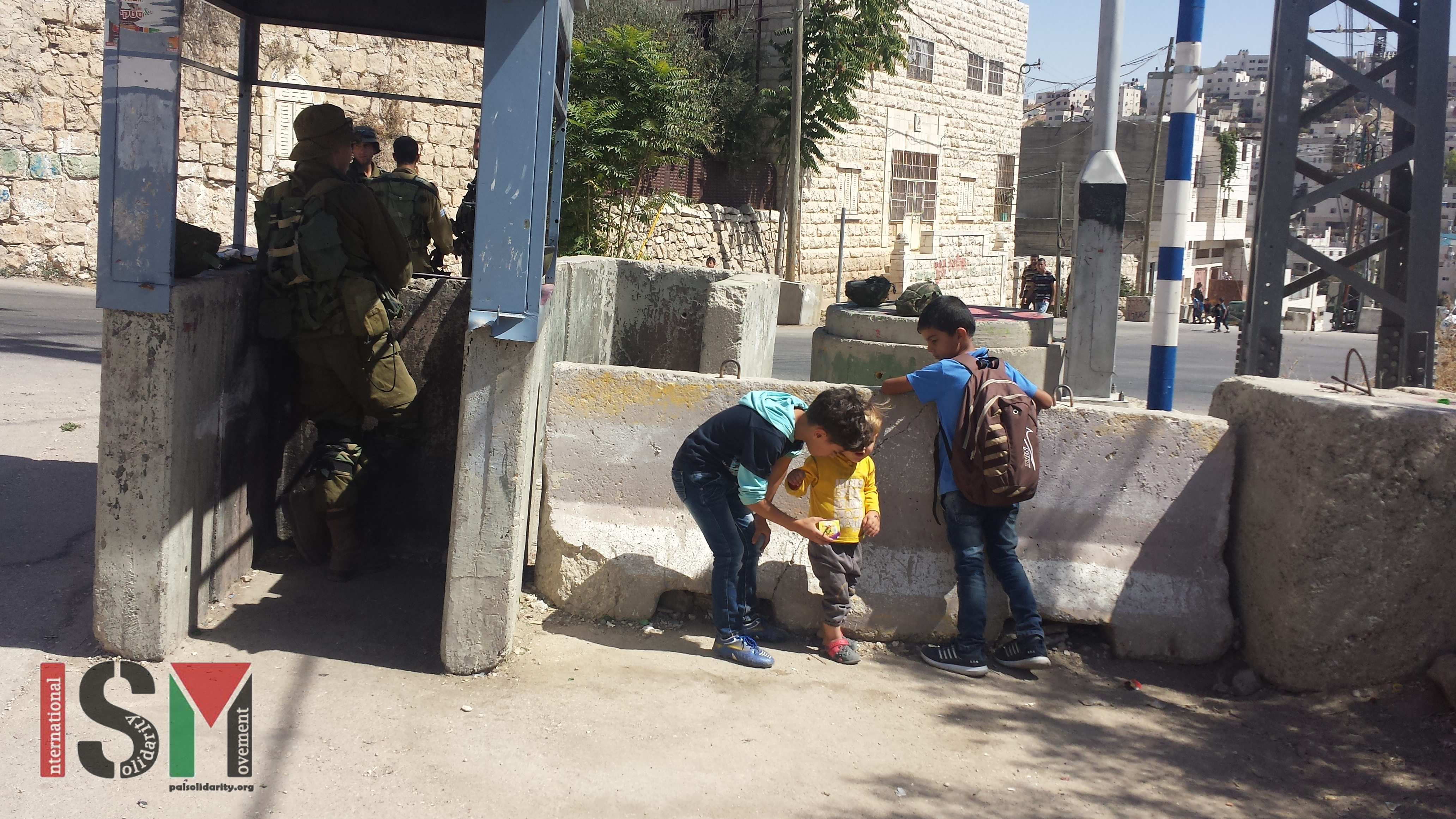Tag: Shuhada Street
-
#DismantleTheGhetto: start of campaign in al-Khalil
10th February 2017 | International Solidarity Movement, al-Khalil team | Hebron, occupied Palestine Israeli forces and colonial settlers on Thursday, 9th February 2017, disrupted a peaceful protest near Qurtuba school on Shuhada Street in occupied al-Khalil (Hebron). Settlers attacked and injured one female student, and prevented Palestinian teachers and students from leaving the area. The…
-
Sleeping on duty – occupation soldiers in Hebron
12th January 2017 | International Solidarity Movement, al-Khalil team | Hebron, occupied Palestine On January 12th, 2017, Shuhada checkpoint in occupied al-Khalil (Hebron) stayed closed for over half an hour, while–as it appears–soldiers were sleeping. In the meantime, long queues of Palestinians trying to reach their homes formed outside the closed checkpoint. The Shuhada checkpoint…
-
Photo story: Jewish holidays bring harassment to occupied Hebron
6th October 2016 | International Solidarity Movement, al-Khalil team | Hebron, occupied Palestine The 3rd and 4th of October marked the celebrations of the Yewish New Year. In the occupied West Bank, Jewish holidays, celebrated by the settlers from the illegal settlements. This usually translates to an increase in harassment, restrictions and the presence of…



